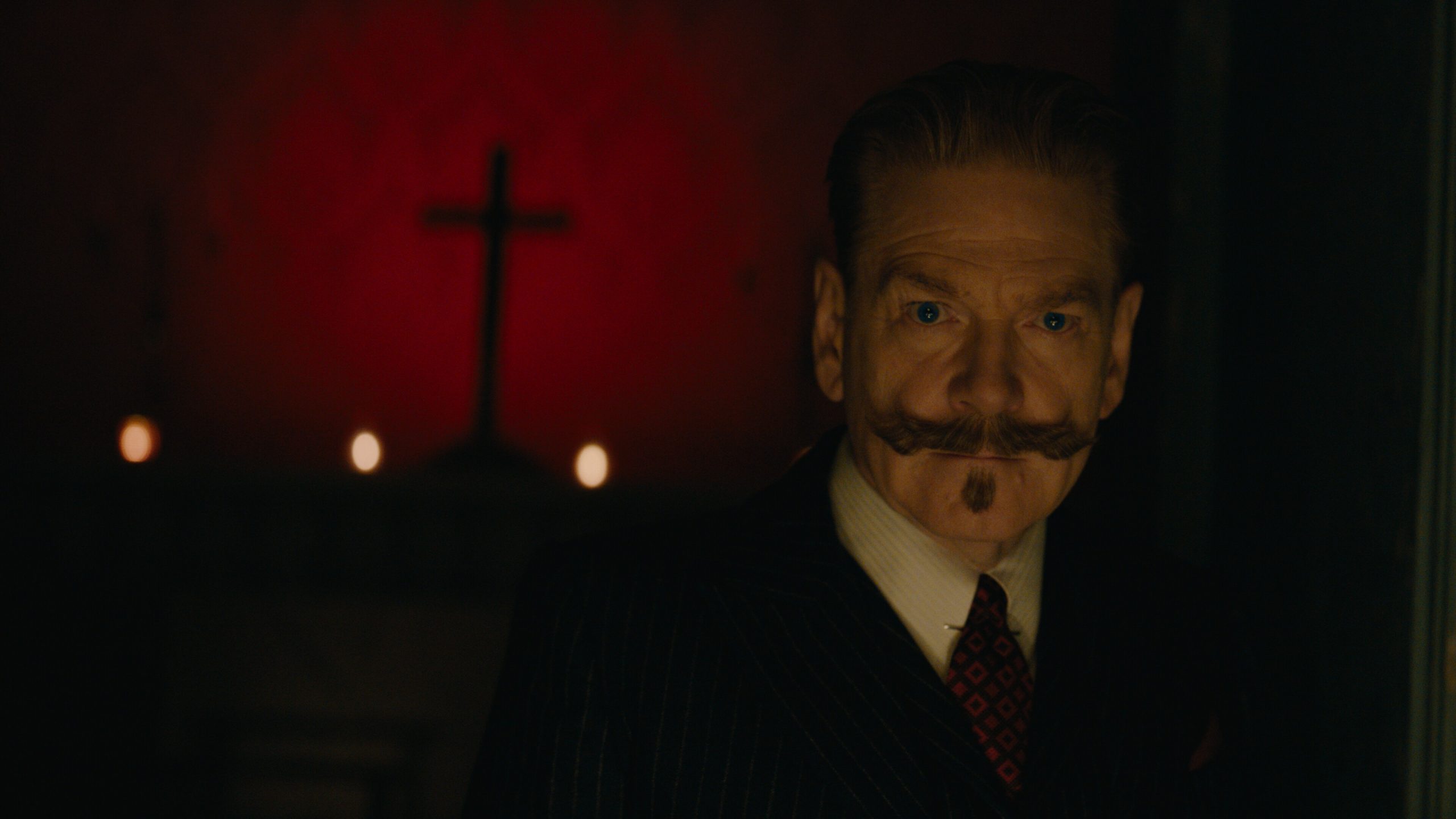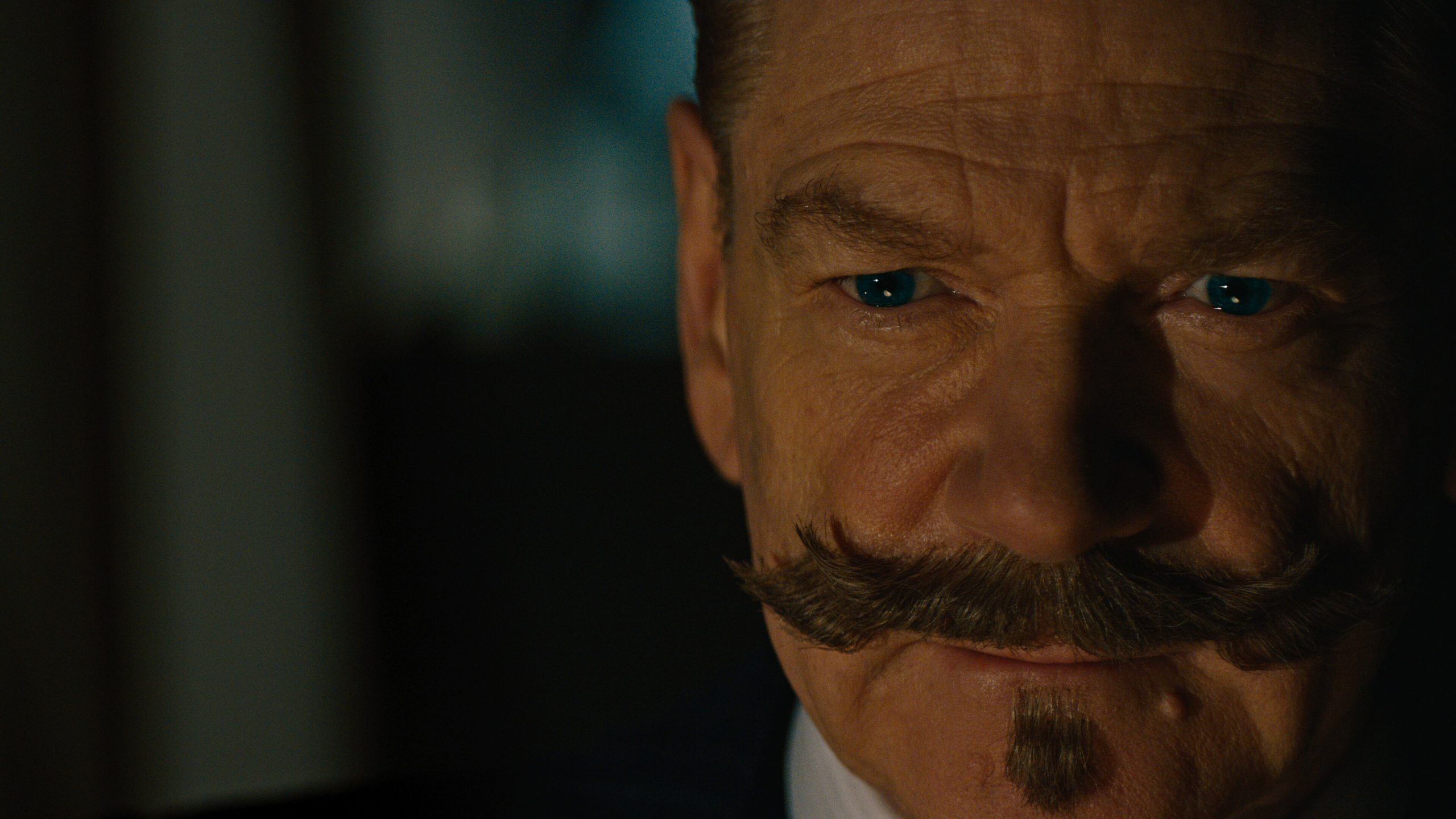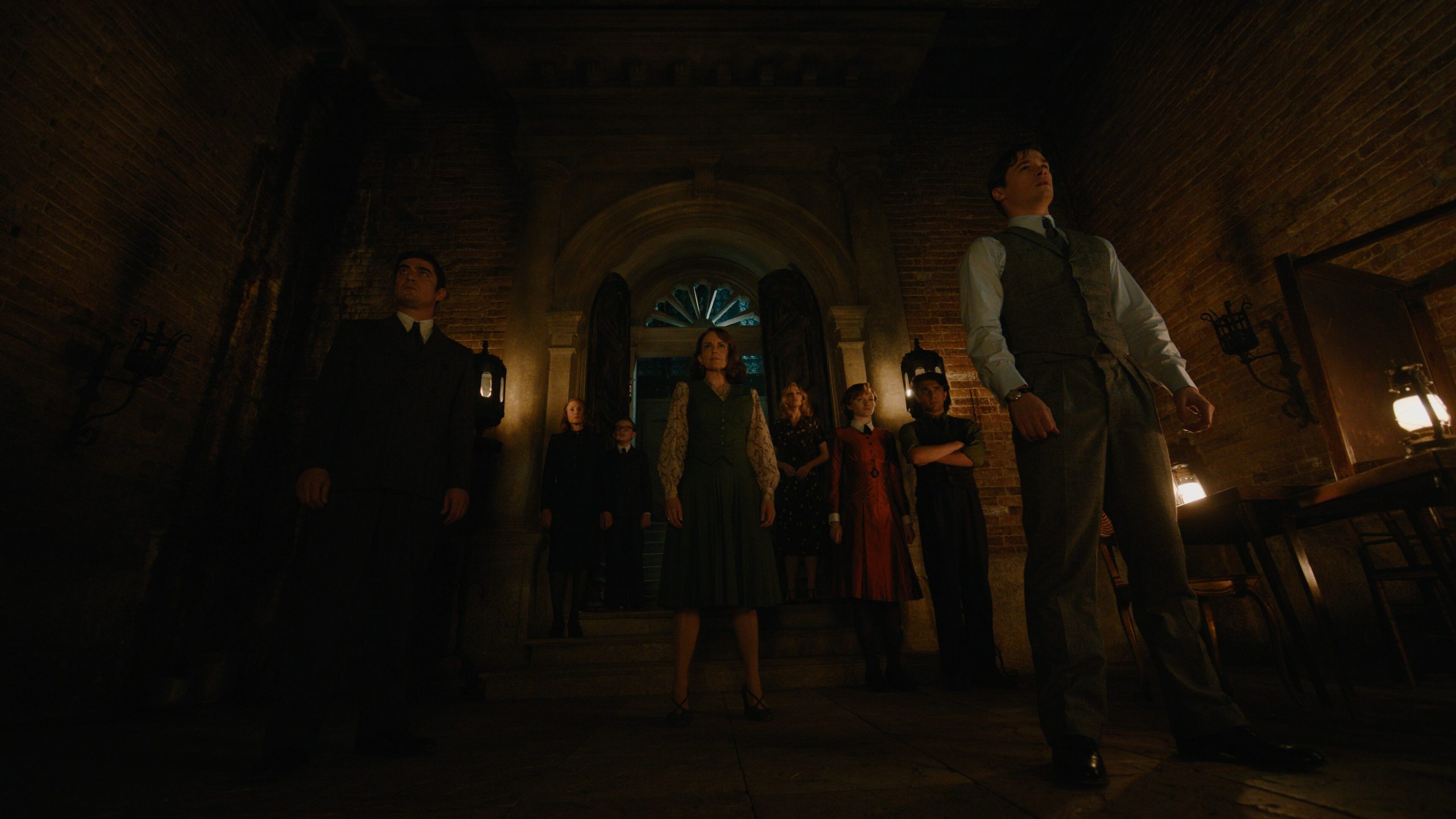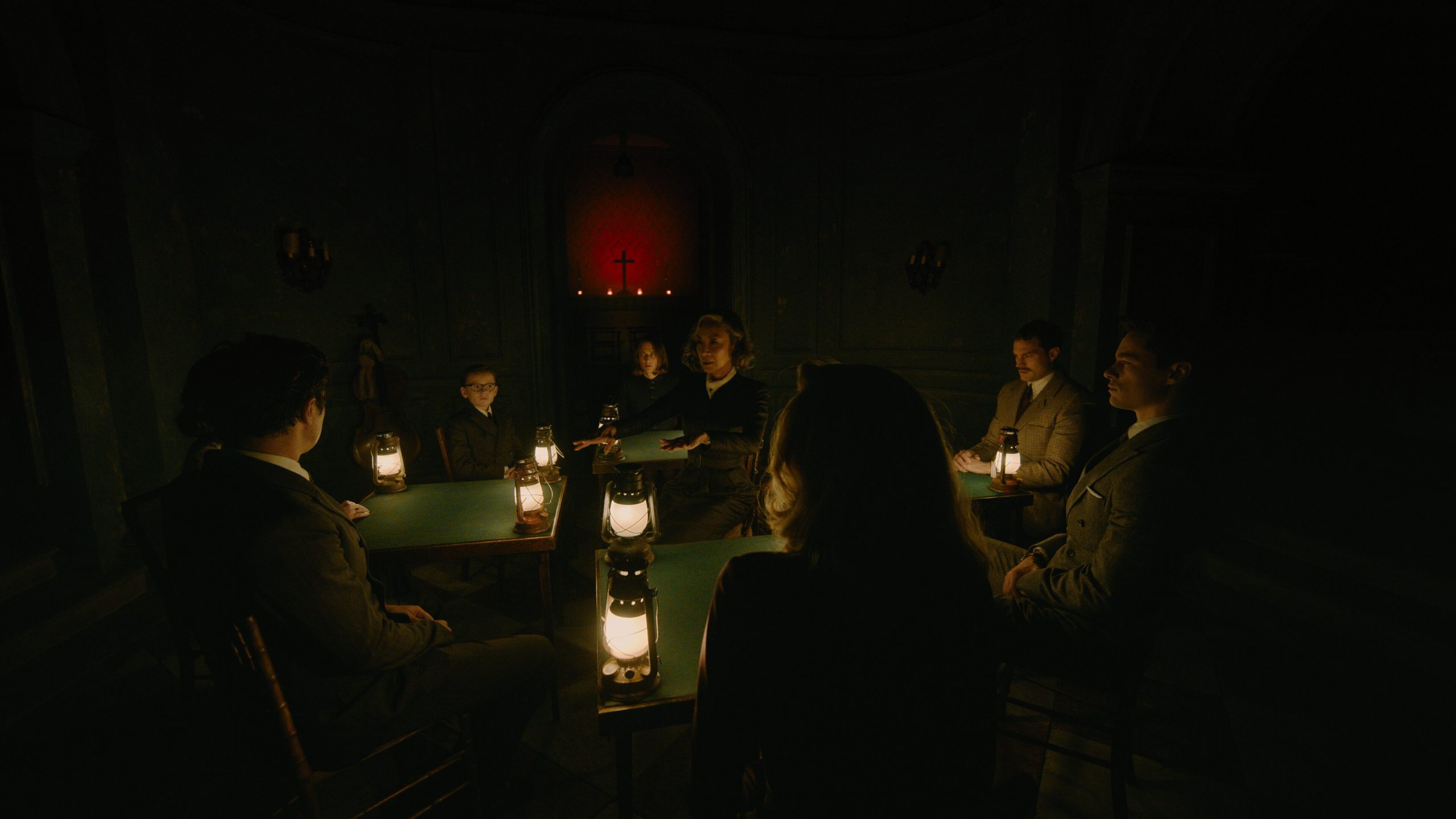Hercule Poirot Faces an Unsolvable Supernatural Murder Mystery in ‘A Haunting in Venice’
 Thirsty for JUICE content? Quench your cravings on our Instagram, TikTok and WhatsApp
Thirsty for JUICE content? Quench your cravings on our Instagram, TikTok and WhatsApp
Whodunits are experiencing a resurgence in modern cinema right now, with the success of films like Knives Out and Apple TV’s The Afterparty proving that audiences are eager to dive into mystery and intrigue. 
Fortunately for most filmgoers, the works of the Queen of Crime herself, Agatha Christie, have been lovingly reimagined for the modern age with Kenneth Branagh’s series of Hercule Poirot films. Branagh both stars in and directs these films, with the third instalment recently debuting in cinemas.
Debuting in 2017 with Murder on the Orient Express and followed up by 2022’s Death on the Nile, A Haunting in Venice arrives just over a year after its predecessor. This rapid release schedule is a rare sight in the age of interconnected movie universes, though it aligns with Christie’s prolific literary outputs.
In any case, how does A Haunting in Venice differ from its two predecessors, and does it surpass them? Let’s take a look at this chilling caper.
Cards on the Table
 For what it’s worth, Murder on the Orient Express and Death on the Nile succeeded in reintroducing the master detective Hercule Poirot to a modern audience, with most people enjoying the former more than the latter.
For what it’s worth, Murder on the Orient Express and Death on the Nile succeeded in reintroducing the master detective Hercule Poirot to a modern audience, with most people enjoying the former more than the latter.
These two murder mysteries are among Christie’s most well-known and frequently adapted works. Both of these classic Poirot mysteries have received film adaptations prior to Branagh’s take and have even been adapted into video games.
 What sets A Haunting in Venice apart from these two movies is that it marks the first-ever adapation of Christie’s Hallowe’en Party. This novel isn’t held in as high regard as some of the other Hercule Poirot mysteries, making it fertile ground for Branagh to put his own spin on things.
What sets A Haunting in Venice apart from these two movies is that it marks the first-ever adapation of Christie’s Hallowe’en Party. This novel isn’t held in as high regard as some of the other Hercule Poirot mysteries, making it fertile ground for Branagh to put his own spin on things.
The first change is the film’s setting, which now takes place in a haunted house in Venice rather than England. Most of the characters remain intact but have been retooled to fit this new setting and the reworked mystery.
Dead Man’s Folly
 Murder mysteries run the risk of becoming formulaic, a problem that Christie herself somewhat popularized with her series of novels. What A Haunting in Venice introduces is a supernatural element, adding a new layer of challenge for the highly logical Hercule Poirot to overcome.
Murder mysteries run the risk of becoming formulaic, a problem that Christie herself somewhat popularized with her series of novels. What A Haunting in Venice introduces is a supernatural element, adding a new layer of challenge for the highly logical Hercule Poirot to overcome.
At the urging of his friend Ariadne Oliver, a novelist who somewhat stands in for Christie in the novels, Poirot agrees to attend a seance on Halloween. The house where the seance takes place in was shaken by the sudden death of the owner’s daughter a year prior.
 As a way to find closure for her daughter’s death, Rowena Drake aims to use the seance to communicate with her deceased child to uncover the mysterious cause of her demise. This endeavor is aided by the spiritual medium, Joyce Reynolds.
As a way to find closure for her daughter’s death, Rowena Drake aims to use the seance to communicate with her deceased child to uncover the mysterious cause of her demise. This endeavor is aided by the spiritual medium, Joyce Reynolds.
The seance is attended by a group of suspects, including the resident Dr Leslie Ferrier and his son Leopold, the au pair Olga Seminoff, and Poirot’s personal bodyguard, Vitale Portfoglio.
Poirot Again!
 Branagh portrays a more world-weary Poirot, who wants to put his days as a detective behind him and live a quiet life. This is a side of Poirot that we’ve not seen before, and this is the first movie where he truly shines as the main character.
Branagh portrays a more world-weary Poirot, who wants to put his days as a detective behind him and live a quiet life. This is a side of Poirot that we’ve not seen before, and this is the first movie where he truly shines as the main character.
Tina Fey, who portrayed Poirot’s assistant Ariadne Oliver, effectively brought out the character’s essence. She infuses her signature sense of humor, with a dash of seriousness when the going gets tough. The supporting cast also had their time in the spotlight, but the central pairing of Poirot and Oliver truly stands out.
With the source material serving as a mere foundation, Branagh and his team were free to put their own spin on things to great effect. What is even better is that the twists and turns they introduce still carry that classic Agatha Christie panache.
All in all, A Haunting in Venice presents a new frontier for Hercule Poirot and makes the future of this film series much more intriguing. If this is what we can expect once the constraints of adaptation are cast aside, then we can’t wait for more mysteries for Poirot to solve.

 Get Audio+
Get Audio+ Hot FM
Hot FM Kool 101
Kool 101 Eight FM
Eight FM Fly FM
Fly FM Molek FM
Molek FM